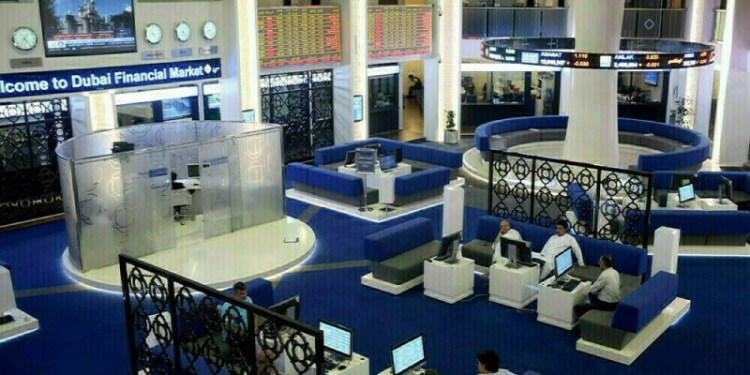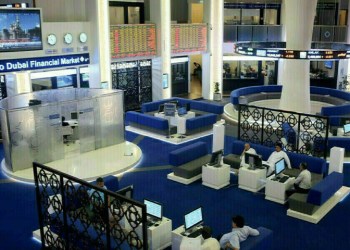2/2
By Susan Heavey, Doina Chiacu and Alex Lawler
WASHINGTON/LONDON (Reuters) – Donald Trump and Iran exchanged sharp words over oil prices on Wednesday, with Tehran accusing the U.S. president of contributing to volatile prices after he withdraw from a global nuclear arms deal last month.
Trump sparked the latest back-and-forth on Wednesday when he renewed his attack on OPEC, saying in a tweet that oil prices are too high and blaming the cartel.
Oil prices have risen by around 60 percent over the last year after the Organization of the Petroleum Exporting Countries and some non-OPEC producers, including Russia, started withholding output in 2017 to reduce excess supply. The cartel is meeting next week, where it will consider pulling back from the deal.
Iran’s OPEC governor, Hossein Kazempour Ardebili, fired back quickly at Trump’s words. “You cannot place sanctions on two OPEC founder members and still blame OPEC for oil price volatility,” he said in a statement to Reuters, referring to itself and Venezuela.
After peaking in May at $80.50 a barrel, prices have pulled back, with the price of trading on Wednesday near $76 at barrel, partly in anticipation that the deal may end, and as Saudi Arabia and Russia have already started increasing production.
“Oil prices are too high, OPEC is at it again. Not good!” Trump wrote in a post on Twitter on Wednesday after last raising the issue in April.
The oil supply deal is set to continue through the end of 2018, but plans for its continuation were unclear for next year. The calculus changed, however, after Trump announced in May that the United States was pulling out of the 2015 deal that restricted Iran’s nuclear program in exchange for the removal of sanctions.
The U.S. move has put pressure on European and Asian clients to stop importing Iranian oil or doing business with the country. In response, Saudi Arabia, Iran’s rival and the largest producer in OPEC, said it would consider increasing supply.
Some countries have already increased production, and analysts have said the outlook for the oil market for the rest of 2018 is uncertain as OPEC countries prepare to meet June 22-23 in Vienna to discuss output.
However, it is unclear whether other nations will commit to raising production. Russia’s production was 11.1 million barrels a day in June, exceeding its quota, according to sources familiar with the matter.
In the United States, rising gasoline prices have threatened to blunt other economic headwinds. Prices nationwide have edged up toward $3 a gallon as the U.S. hits its peak summer travel season, still less than the $4 a gallon during the 2007-2009 Great Recession.
Trump sent out his tweet hours after returning to Washington from a summit with North Korean leader Kim Jong Un in Singapore and it was not immediately clear what prompted his comment.
Fusion Media or anyone involved with Fusion Media will not accept any liability for loss or damage as a result of reliance on the information including data, quotes, charts and buy/sell signals contained within this website. Please be fully informed regarding the risks and costs associated with trading the financial markets, it is one of the riskiest investment forms possible.
Source: Investing.com




























